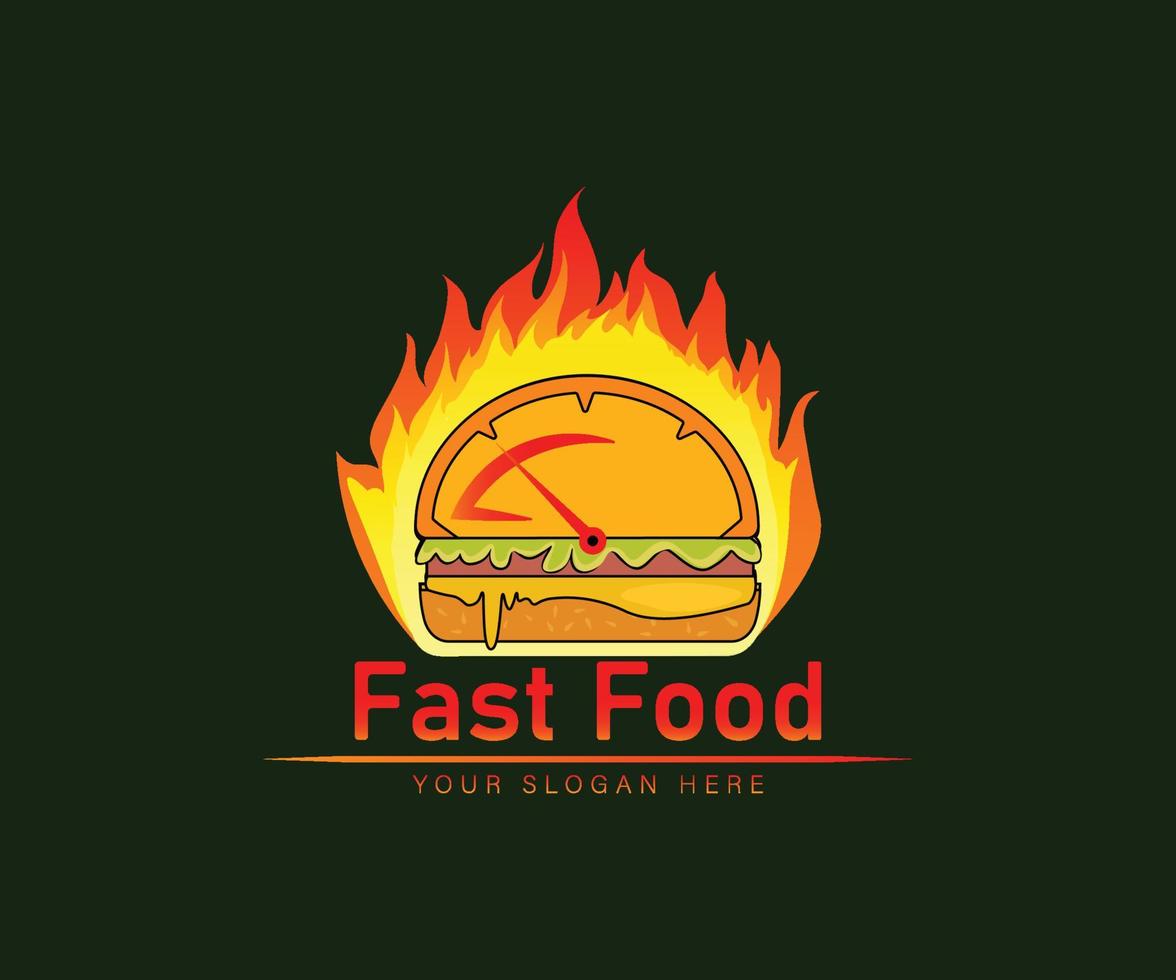When establishing a food restaurant, one of the most vital elements of your branding is your logo. It is frequently the first aspect that customers observe and can create a lasting impact. A thoughtfully crafted logo communicates your restaurant’s character, principles, and what patrons can anticipate from their dining experience. So, how can you create a logo that distinguishes itself and contributes to your restaurant’s success? Here is a guide to assist you in designing an effective logo.
1. Define Your Restaurant’s Identity
Before you begin sketching concepts or selecting colors, it is crucial to articulate your restaurant’s identity. Consider the following questions:
What is the atmosphere? Is it a casual fast-food establishment, an upscale dining venue, or something in between? The atmosphere will influence the style of your logo.
Who is your target audience? Are you appealing to families, culinary enthusiasts, or health-conscious individuals?
What sets you apart? Do you provide unique flavors, organic ingredients, or a blend of various cuisines? Your logo should embody this distinctiveness.
2. Select the Appropriate Logo Style
There are several logo types to explore, each capable of representing your restaurant in a unique manner:
Wordmark Logos: These logos focus exclusively on the restaurant’s name, typically using a custom font. Examples include McDonald’s and Subway. This style is effective for creating a straightforward, strong, and memorable identity.
Pictorial Marks: These logos incorporate a symbol or image that signifies your restaurant. For instance, the Taco Bell bell or the Papa John’s pizza. Such logos are ideal for establishments with a recognizable symbol that can stand independently.
Abstract Logos: Rather than depicting a literal image, these logos utilize abstract shapes to express emotions or concepts. This approach is beneficial if you wish to evoke specific feelings (e.g., warmth, freshness) without being confined to particular imagery.
Combination Marks: This style merges text with an image. Consider Burger King’s logo, which features both text and an illustration of a burger. This option offers versatility.
3. The Importance of Color
Color plays a significant role in logo design, particularly for food brands, as it can trigger specific emotions and associations that affect consumer choices. Below is a brief overview of commonly used colors in food branding:
Red: This color is linked to appetite, passion, and excitement, making it a prevalent choice in the fast-food industry (e.g., McDonald’s, Wendy’s).
Yellow: Symbolizing happiness, optimism, and energy, yellow can enhance the feeling of urgency and hunger when paired with red.
Green: This color signifies freshness, health, and organic options, making it ideal for health-focused or plant-based establishments (e.g., Subway’s green and yellow combination).
Brown: Evoking warmth and earthiness, brown is suitable for brands that aim for a rustic or homemade aesthetic.
Black or White: These colors convey a sleek and modern appearance, often associated with upscale or gourmet dining experiences.
It is essential to consider color psychology and how it aligns with your restaurant’s concept and values.
Font Selection
The typography of your logo should embody your restaurant’s identity. A fine-dining establishment may prefer a sophisticated serif font, while a fast-casual venue might opt for a playful, modern sans-serif font.
Serif Fonts: Characterized by small lines or decorative strokes at the ends of letters, these fonts evoke tradition, sophistication, and reliability, making them suitable for upscale or classic dining.
Sans-serif Fonts: These fonts are clean and modern, offering a straightforward and contemporary look, ideal for casual dining or fast-food outlets.
Script Fonts: Mimicking handwriting, these fonts can impart a personal or artistic flair to your logo, making them perfect for bakeries or coffee shops.
Simplicity is Key
In logo design, simplicity often prevails. Your logo should be memorable, easily recognizable, and versatile. A complicated or overly detailed design may be challenging to reproduce and could lose its effectiveness when scaled down for menus, signage, or social media.
Strive for a clean and simple design that functions well in various sizes, from large storefronts to small social media icons. It should be easily comprehensible at a glance and leave a lasting impression.

